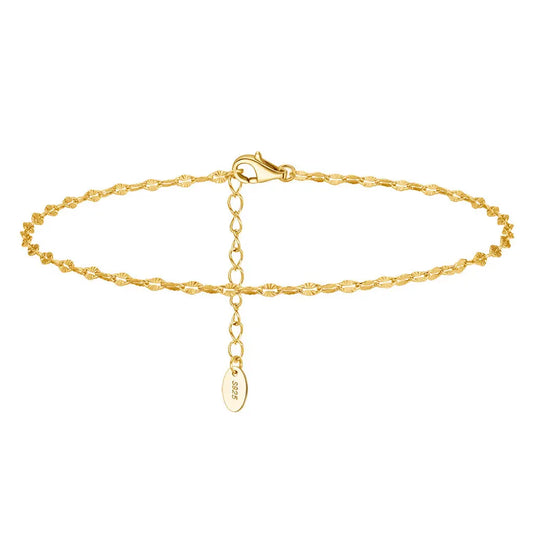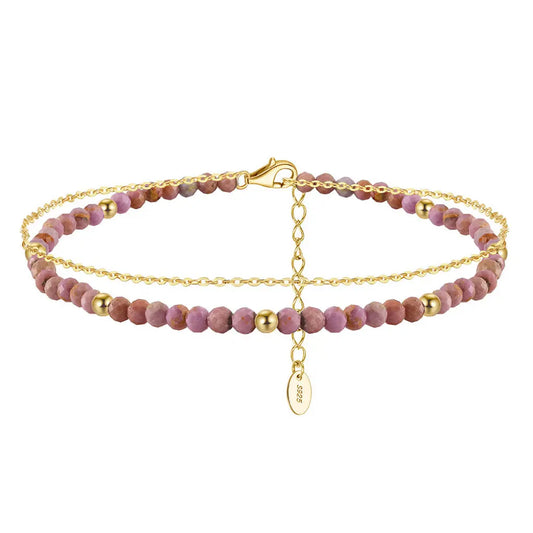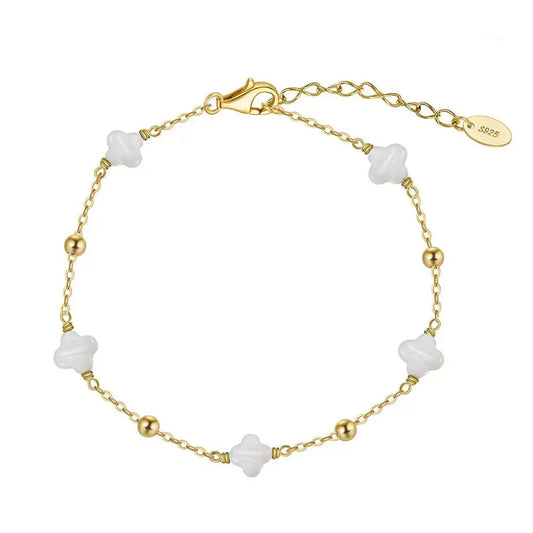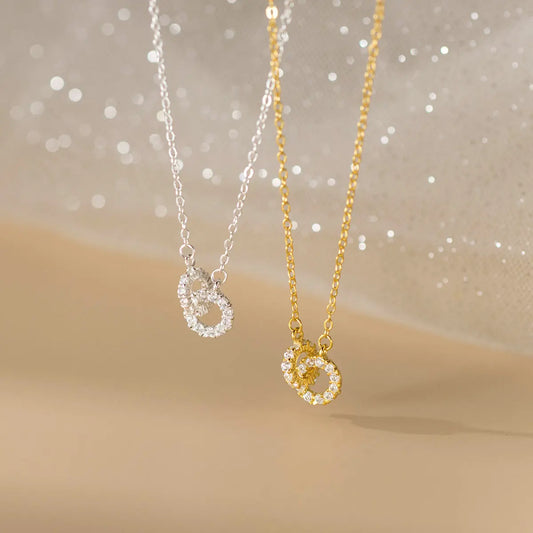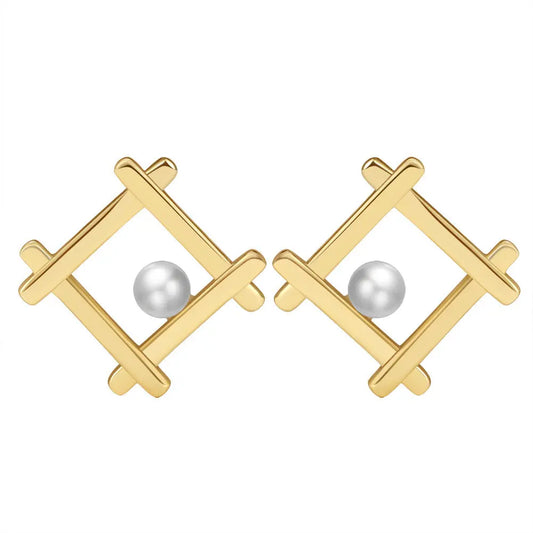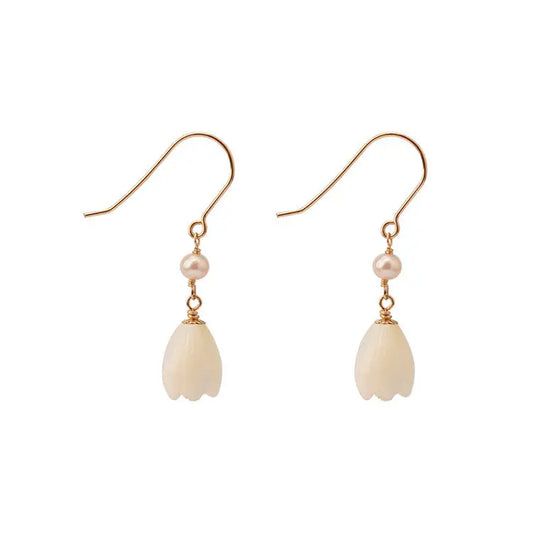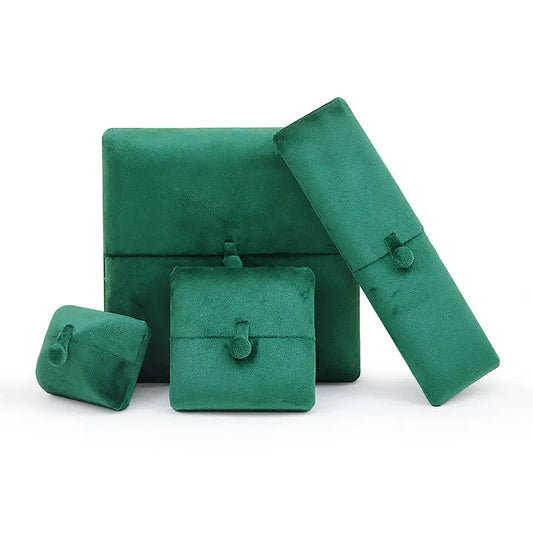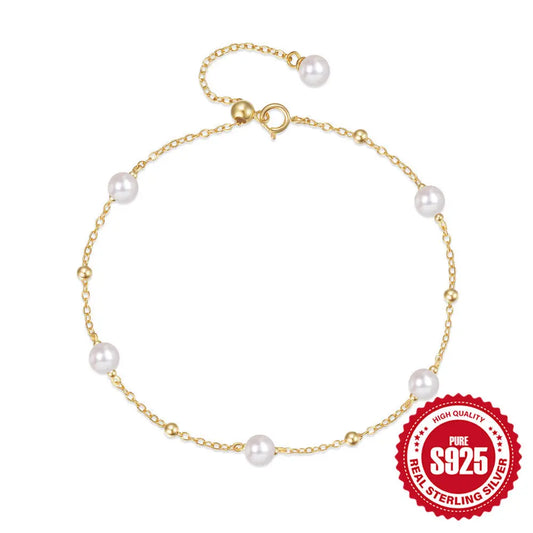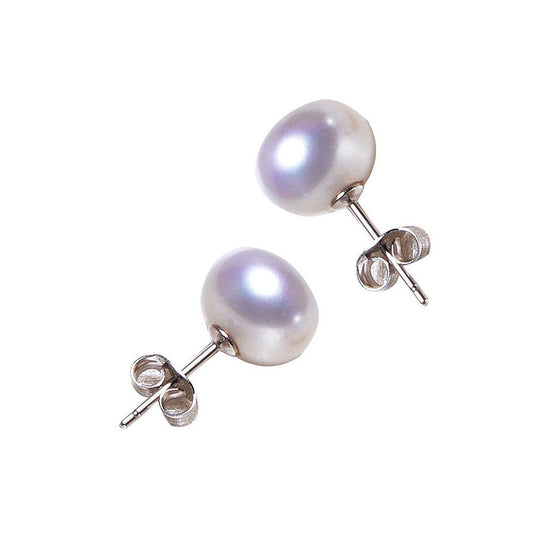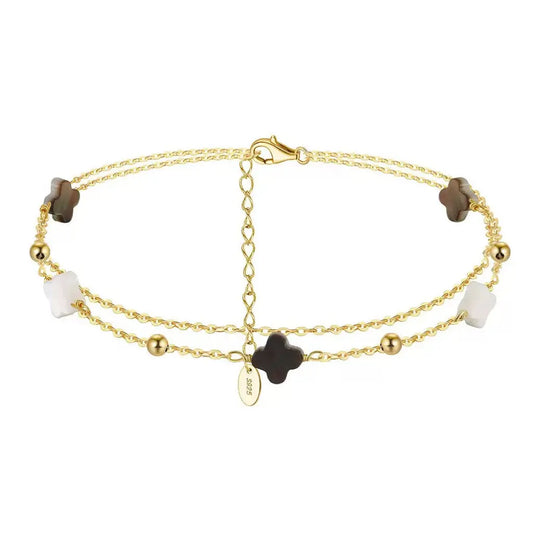Pearls Jewelry: How to Identify Real vs Imitation Pearls Easily
Are you considering investing in pearls jewelry but unsure how to spot genuine pearls from imitation ones? Pearls jewelry holds timeless elegance, but the market is filled with pearls of varying authenticity. Learning how to identify real pearls versus fake ones is crucial for making smart purchases and protecting your investment. This guide will take you through simple and proven methods to distinguish authentic pearl necklaces, pearl earrings, and other pearls jewelry without requiring expensive equipment. Whether you're a first-time buyer or a seasoned collector, understanding these identification techniques will enhance your confidence and enjoyment in owning beautiful pearls.
Understanding Pearls Jewelry: What Makes Pearls Real?
What Are Real Pearls?
Real pearls are unique gemstones formed organically within mollusks like oysters. When a tiny irritant enters the mollusk, it secretes layers of nacre—a combination of aragonite crystals and conchiolin—to protect itself, gradually forming a pearl with a lustrous, iridescent surface. These pearls may be natural or cultured, but both are considered genuine pearls jewelry. Each real pearl is distinct, displaying subtle imperfections, irregularities in shape, and nuanced color variations that add to its charm.
Types of Real Pearls in Jewelry
The most common types of pearls used in jewelry include freshwater pearls, Akoya pearls, Tahitian pearls, and South Sea pearls. Freshwater pearls often have soft pastel hues and varied shapes, while Akoya pearls are celebrated for their near-perfect roundness and bright luster. Tahitian pearls are known for their dark, moody colors, and South Sea pearls are prized for their large size and satiny luster. Each variety has identifiable characteristics that help confirm authenticity and value.
Common Types of Imitation Pearls: What to Watch Out For
Materials Used in Fake Pearls
Imitation, or fake pearls, are man-made to mimic the look of real pearls but lack natural nacre. They are often crafted from glass, plastic, ceramic, or shell bases coated with pearlescent substances. Common types include glass pearls coated with fish scale essence, plastic pearls painted to look shiny, ceramic pearls with a smooth sheen, and shell pearls made from pulverized shells formed into beads and coated to simulate nacre. These materials make imitation pearls lighter, more uniform, and less lustrous compared to genuine pearls.
How Fake Pearls Differ Visually
Unlike real pearls jewelry, imitation pearls rarely show surface irregularities or depth in their luster. They tend to have perfectly round shapes, uniform color, and a plastic-like shine that looks artificial up close. The coating on some imitation pearls may chip or peel, especially around drill holes, revealing the underlying base material. Recognizing these visual clues can help buyers avoid purchasing fake pearls.
Key Methods to Identify Real vs Imitation Pearls
Visual and Tactile Inspection Techniques
- Surface texture: Real pearls typically have a slightly gritty or uneven surface due to microscopic nacre layers, whereas imitation pearls feel smooth and glassy.
- Shape irregularities: Authentic pearls vary in shape and size; perfect uniformity suggests imitation.
- Luster quality: Real pearls emit a multi-dimensional, deep iridescence called orient; fake pearls have flat or overly glossy surfaces.
- Drill holes: On real pearls, drill holes have neat, sharp edges and may reveal nacre layers, while imitation pearls often show flaking or paint buildup.
- Weight: Real pearls feel heavier and cooler initially to the touch than plastic or hollow fake pearls.
Simple At-Home Tests
One easy test is the tooth test, where you gently rub a pearl against the front of your teeth. Real pearls will feel slightly gritty or sandy, reflecting the texture of natural nacre, but imitation pearls slide smoothly. Another quick method is rubbing two pearls together; real pearls produce mild friction and a gritty sensation, whereas faux pearls feel slick. Always perform these tests gently to avoid damaging delicate pearls jewelry such as a pearl necklace or pearl earrings.
Advanced Testing Methods and Professional Verification
Laboratory and Technological Tests
For high-value pearls jewelry, experts use X-ray or ultrasound to analyze internal structure. Real pearls show visible concentric nacre layers around a core, whereas imitation pearls appear solid with no layering. These tests require specialized equipment but provide definitive authenticity assessments.
Professional Appraisal
When uncertain, the safest step is to consult a trusted jeweler or certified gemologist experienced with pearls jewelry. Professionals inspect surface quality, drill holes, luster, and may use optical instruments. Many also provide certification verifying the type, origin, and quality of the pearls, giving buyers peace of mind when purchasing valuable pieces like a pearl necklace or pearl earrings.
How to Care for Real Pearls Jewelry to Maintain Authenticity
Handling and Storage Tips
Real pearls jewelry requires gentle care to preserve its natural beauty. Store pearls separately in a soft pouch or lined box to avoid scratches from harder gems. Avoid exposure to harsh chemicals, perfumes, or humidity, which can degrade nacre quality. Wipe pearls softly with a damp cloth after wearing to remove oils and dirt.
Maintenance Advice
Have your pearl necklace or pearl earrings restrung regularly (every 1–2 years) by a professional to prevent breakage. Never use ultrasonic cleaners or steam cleaners on pearls, as these can damage the delicate surface. Following proper care extends the life and value of your real pearls jewelry.
Common Pearls Jewelry Buying Mistakes to Avoid
Buying from Unverified Sellers
Avoid purchasing pearls from vendors without verified reputations or lacking clear return policies. Cheap prices or “too good to be true” offers often signal imitation products. Always ask for authenticity certificates if available.
Misunderstanding Pearl Types and Treatments
Some pearls are dyed, bleached, or treated to enhance color and luster. These treatments do not make pearls fake but affect price and care requirements. Educate yourself on the differences before purchase to make informed decisions and avoid disappointment.
In conclusion, pearls jewelry offers unmatched elegance, but distinguishing real pearls from imitation ones requires attention to detail and knowledge of key identification methods. By combining visual inspection, simple touch tests, and professional consultation, buyers can confidently select authentic pearl necklaces, pearl earrings, and other exquisite pearls jewelry. To explore carefully curated, genuine pearls jewelry collections and learn more about caring for your pearls, visit trusted pearl sellers today and enjoy the timeless beauty of real pearls.




















